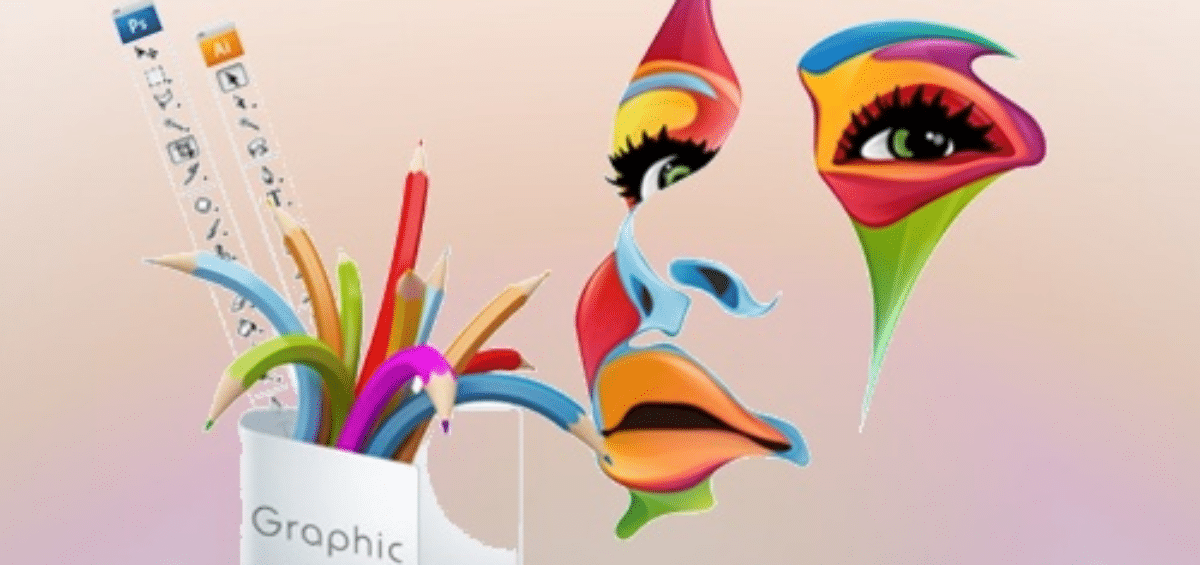
Graphics Designing: The Art of Visual Communication Graphics designing is the art and science of visual communication that uses typography, images, color, and other elements to create visual representations of information, ideas, and messages. This field is becoming increasingly important in today’s world as we are constantly bombarded with visual information through various mediums such as websites, advertisements, magazines, and digital devices. The main goal of graphics designing is to effectively communicate a message to its intended audience. This can be achieved through the use of various design elements such as typography, images, color, and composition. Typography, for example, involves the use of typefaces, font sizes, and styles to create visual hierarchy and guide the viewer’s eye through the information. Images, on the other hand, can be used to help convey emotions, ideas, and messages in a visual way. Color is also an important element of graphics design as it can be used to create moods, evoke emotions, and grab attention. In order to be successful in graphics designing, it is important to have a strong understanding of design principles such as balance, contrast, hierarchy, and unity. These principles help to guide the designer in creating visually appealing and effective designs. In addition, a good knowledge of software such as Adobe Photoshop, Illustrator, and InDesign is essential in order to bring designs to life. It is also important for a graphics designer to understand the target audience and their preferences. For example, a design for a children’s toy may need to be bright, playful, and engaging, whereas a design for a financial institution may need to be professional, trustworthy, and serious. The designer must also take into consideration the medium through which the design will be delivered, such as print, digital, or television, as each medium has its own unique constraints and limitations. Another important aspect of graphics design is branding. Brands use graphics design to create a visual identity that is consistent and easily recognizable. This can include logos, typography, color palettes, and other design elements. A strong brand identity helps a company to stand out in a competitive market and establish trust with its customers. In conclusion, graphics designing is a dynamic and constantly evolving field that plays an important role in today’s visual landscape. Whether it’s creating a company’s visual identity, designing a website, or creating an advertisement, graphics designers are responsible for effectively communicating messages and ideas to their intended audience. By combining art and science, designers can create visually appealing and impactful designs that grab attention, evoke emotions, and leave a lasting impression.
